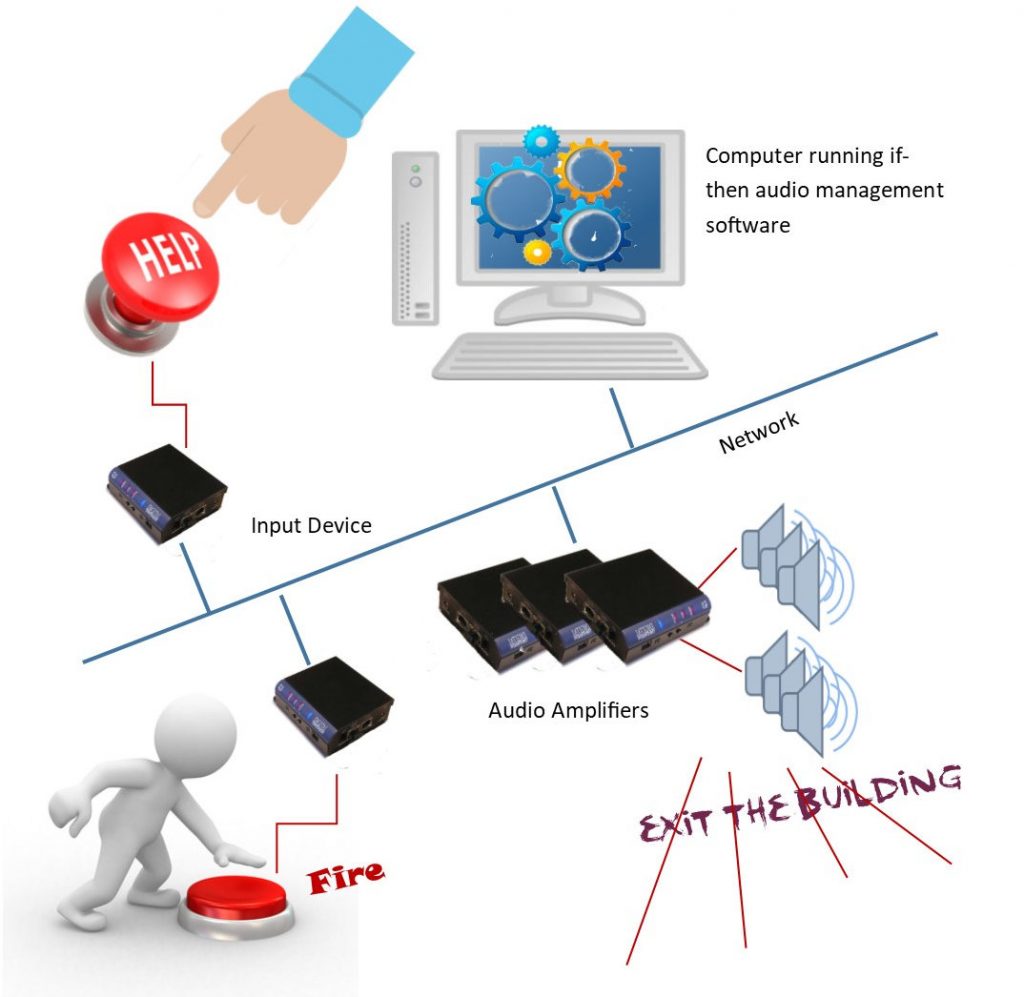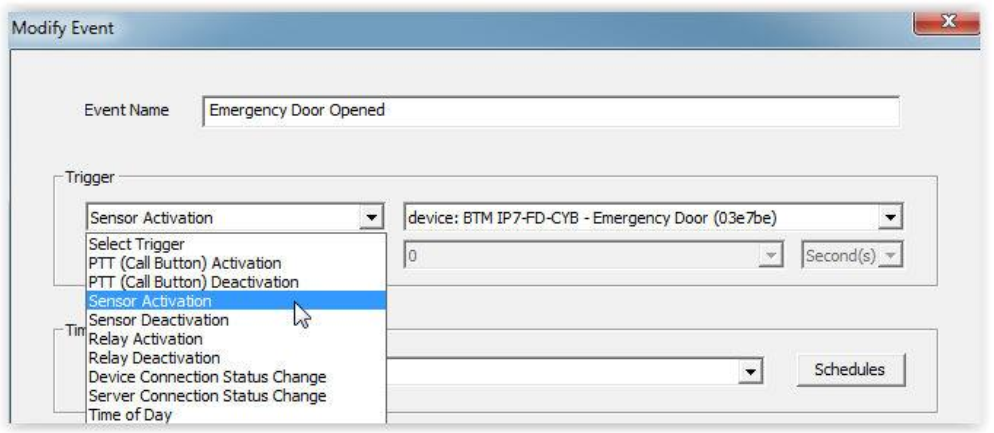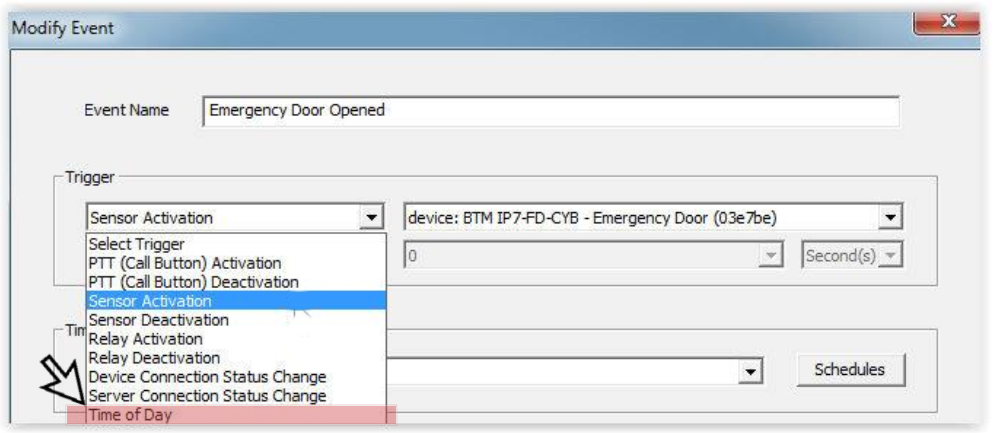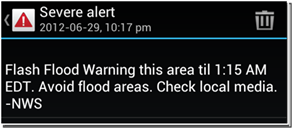Automated Network Attached Paging Provides Emergency Announcements

Network attached paging systems are replacing the older analog paging systems. They are not only easier to install; they provide increased functionality. One of the most helpful features of this system is its ability to make automated announcements. You can push a button and make a pre-recorded page, or automatically notify everyone about a weather emergency received from the national weather service. The automation feature can even convert text messages to audio announcements.
Digital Acoustics was the first company to provide IP paging systems. Their PA over IP product was introduced in 2004 and included small audio amplifiers that were attached to the network. Today there are a number of companies that provide IP type paging systems, but Digital Acoustics continues to provide the most flexible and economic systems. Here’s how to use automated Paging.
How to Create Triggered Paging Announcements

The Talkmaster Focus Automation Software is used to create an automated event. A page can be generated from an event that is detected on the network or by date and time. The network trigger is detected by one of the IP endpoint devices such as the IP7-STX or IP7-SE8 module. It can be caused by a button, by a motion detector, or even an alert from an IP camera system. For example, an emergency button can be placed on the wall, and if it is pushed it will cause a pre-recorded message such as, “Fire reported, please leave the building!” Another example is “a door has been opened.” In this case, we may direct the page to a speaker that is close to the door rather than make a total facility page. Messages can also be triggered by the date and time.
Paging Announcement Caused by an Event Detected
The console software is used to create a triggered announcement. The software allows you to select the trigger type and then define the message to be sent.
There is a menu used to select the types of triggers and the device where the trigger originate. This is like an “if-then” function. If the button is pushed, then send the page. The software includes a table that shows the event name (or trigger) and then the response activated.
Another menu allows you to select what happens when the trigger is detected.


The event response is a message that was created previously using the administration console.
If you select an audio response to a trigger, you can then select the pre-recorded audio you would like to be announced:
The trigger can also be modified by date and time. Another menu allows you to define when this trigger can occur. For example, if a door is opened on the weekend, a page is generated, but during the week there is no page.
Instead of making an announcement you can send an email. So if a door is opened during the weekend, you can send an email message to a security person. The message can include a number of variables such as the device that triggered the alarm, the type of alert, and the date and time it was sent. One very nice feature is the capability to send an email to the administrator if one of the end-point amplifiers is disconnected from the network. This provides immediate notification of failure.
Announcement Caused by Date and Time
Pages can be scheduled using the scheduling function. This function allows you to set up automated announcements such as End of shift, End of the day, or change of class.

External Emergency Alerts

The automation system provides the ability to monitor messages from external services such as the National Weather Service or news feeds. The system monitors RSS or Cap/ATOM feeds. It can also convert the text messages to audio so they can be broadcast to everyone in your organization.
RSS feeds typically are used by news outlets such as CNN, Fox News, or ESPN.
The CAP and ATOM feeds are usually used for emergency notifications. These feeds are published by organizations such as the National Oceanic and Atmospheric Administration (NOAA), U.S. Geological Survey (USGS) and others. Once the feeds have been set up, you can be automatically notified of hurricanes or earthquakes reported by these organizations.
CAP is the Common Alerting Protocol used to exchange emergency alerts. ATOM is an XML-based protocol for web resources such as Weblogs, online journals, Wikis and similar content. It stands for Any Transport over MPLS.

The notifications can be directed to the location that should hear the messages. For example, you may decide to send the news feeds to the employee cafeteria and the weather emergencies to everyone in the building.
The system has the capability of converting text messages received from the emergency services to audio that can be broadcast to your organization.
Summary of PA over IP Automated Announcements
Paging over IP provides very powerful automation features that make it easy to automatically make important announcements. These pages can be sent to the exact location in your organization. They can be triggered by a door opening or a motion detector. You can also make an announcement at a specific time of the day.
The paging system can send news feeds to the organization or alert you about weather conditions or earthquakes.
For help with your network attached paging system please contact us at 800-431-1658 in the USA, or at 914944-3425 everywhere else, or use our contact form.